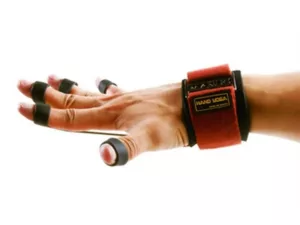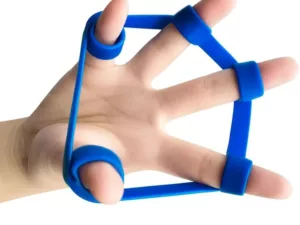(Last Updated on October 9, 2025 by Henry)
Don’t Overlook Your Wrists
Wrist strength and mobility often get overlooked, yet they play a vital role in our daily movements and overall fitness. Whether it’s lifting weights, scaling a climbing wall, or even just typing away at a keyboard, our wrists bear the brunt of these activities. Strengthening them not only enhances our grip but also serves as a sturdy shield against common injuries.
Many people think wrist training is solely reserved for athletes or hardcore gym-goers, but that’s far from the truth. There’s a misconception that we don’t need to focus on our wrists until a problem arises, like a sprain or fatigue. However, proactive wrist training can prevent these issues altogether, making it a smart investment in your health.
For athletes, weightlifters, and climbers, wrist stability becomes fundamental. It’s the difference between a solid grip and a potential failure in your chosen sport. Even for everyday fitness enthusiasts and office workers, the benefits extend beyond injury prevention. Strong wrists improve overall grip strength, which is crucial in many exercises and daily tasks.
Healthy, strong wrists make life easier and workouts more effective. By focusing on wrist training, you’re not just building strength but also setting a foundation for a more resilient body. So, consider this your starting point for developing not only stronger wrists but a more robust fitness routine.
Anatomy of the Wrist and Forearm
Understanding the anatomy of the wrist and forearm can really open your eyes to why wrist training is so crucial. The wrist is a complex structure made up of eight small bones known as the carpal bones. These bones work together, allowing a wide range of movements. So, every time you bend, straighten, or twist your wrist, remember there’s a precise little dance going on inside.
Above these carpal bones lie the two forearm bones: the radius and the ulna. These bones help with the rotation and movement of the forearm, which, as anyone who’s ever turned a doorknob knows, is pretty essential to everyday life. The interaction between these bones allows for supination (palm up) and pronation (palm down) movements.
Muscles, tendons, and ligaments connect at the wrist and forearm, working together to facilitate movement and provide stability. The flexor muscles, found on the palm side of your forearm, and the extensor muscles, located on the back, aid in the bending and straightening of your wrist and fingers. Meanwhile, tendons act as strong cables connecting muscles to bones, allowing us to transmit force.
This intricate network also includes ligaments, which stabilize the wrist by holding bones together. A common ligament everyone might have heard about is the carpal tunnel ligament. It bridges over the carpal bones, and too much pressure on it can lead to carpal tunnel syndrome.
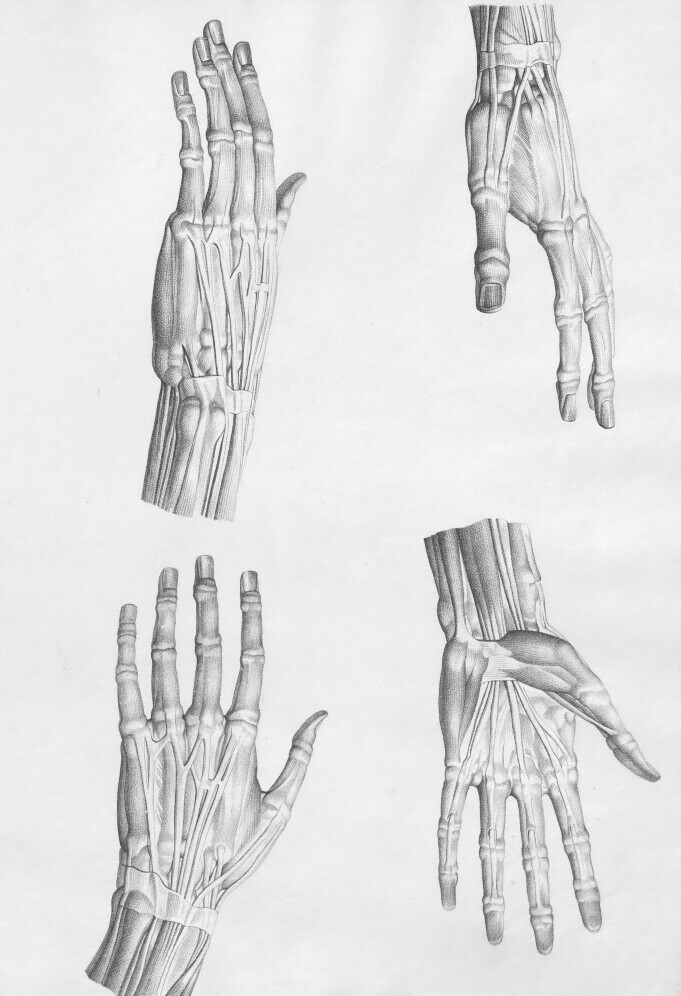
Knowing this stuff helps you appreciate wrist training. You’re not just working a joint; you’re engaging a whole ensemble of bones, muscles, and connective tissues. And understanding how these parts interact can help guide more effective and safer training strategies, preventing overuse injuries and enhancing your physical capabilities.
Assessing Your Wrist Strength and Mobility
Before jumping into wrist exercises, it’s important to get a handle on your current wrist strength and mobility. A simple self-assessment can reveal areas that might need more attention. Here’s how you can start figuring out where your wrists stand.
A good way to begin is with the classic wrist curl. Start with a lightweight and perform the movement both in flexion (curling your wrist up) and extension (curling your wrist down). If these feel challenging with minimal weight, it could signal a need to boost your wrist strength.
Range of motion is another critical factor. Try placing your hands flat on a table and see if your fingers can splay out evenly and your hands can lie flat without lifting at the heels or fingertips. Doing wrist circles can also give you clues; smooth, pain-free rotations are ideal, while any hitch or discomfort warrants attention.
Common signs of restricted mobility include difficulty in fully extending or flexing your wrist and a limited range in rotational movements like pronation and supination. If these are issues, it might be time to prioritize mobility work.
Sometimes, self-assessment reveals more than just minor issues. Sharp pains, significant weakness, or severely limited movement might be indications to check in with a professional. A trainer or physical therapist can provide insights tailored to your needs and may help develop a personalized plan to address specific concerns.
Keep in mind the importance of tracking your progress. Recording these assessments periodically will show how much you’ve improved over time and where you may still need work. Observing gradual improvements can motivate continued effort and ensure you’re on the right track.
Wrist Warm-Up and Mobility Drills
Warming up your wrists is key to avoiding strain and getting the most out of your workout. Just like you wouldn’t go for a run without a little warm-up, your wrists need the same care. Keeping them flexible can help handle the pressure of lifting, typing, or any activity that involves gripping.
Start with wrist circles. Hold your arms out in front of you and gently rotate your wrists in one direction for about 10 circles, then switch. This gets the blood flowing and loosens up the joints, prepping them for more intense movements. Flexion and extension drills come next.
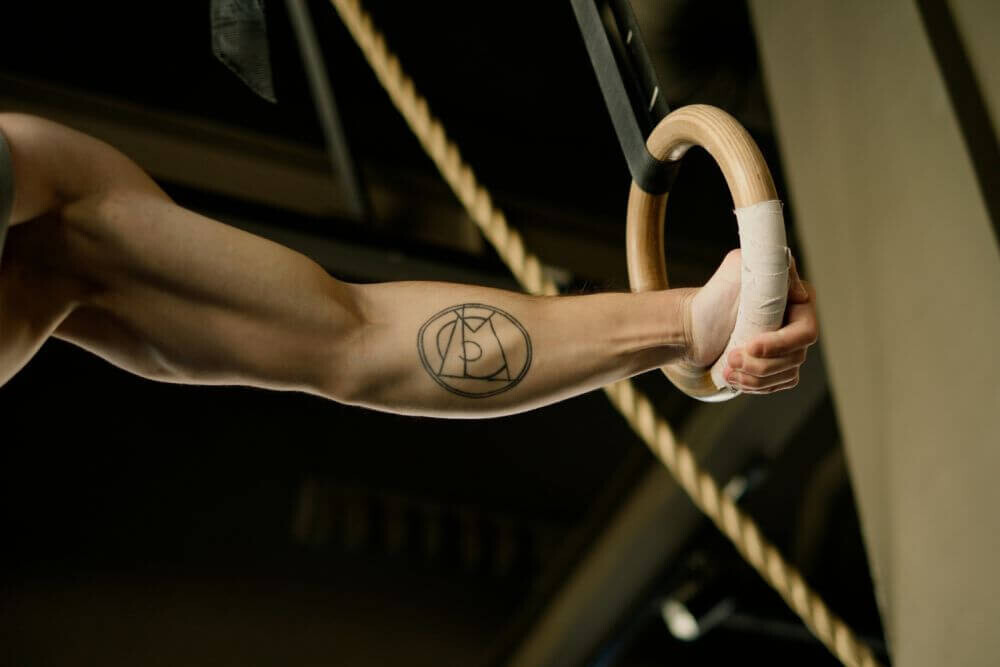
With your arms extended and palms facing down, bend your wrists so your fingers point up to the sky, stretching the forearm muscles.
Hold for a few seconds, then point your fingers towards the ground for a counter-stretch.
These drills increase flexibility and range, limiting the chance of injury.
Another key exercise is forearm pronation and supination.
Use a light dumbbell or just your hand to twist your forearm, rotating from palm-up to palm-down. This movement targets the muscles you use every day and can prevent the stiffness that leads to injuries.
Keep the form right. It’s about feeling muscle engagement and not about overextending. Stay relaxed, and if you feel a pinch or sharp pain, back off and reassess your form. Regular practice will reward you with wrists that not only feel better but perform better, too. This routine gives your wrists the range they need to function smoothly during physical activities.
Adding these drills into your routine might seem simple, but they’re your first line of defense against wrist injuries. Whether you’re hitting the gym or just typing at your desk, spend a few minutes on these exercises to ensure your wrists are as ready as the rest of your body.
Strength Training for the Wrist
Building wrist strength is your ticket to better performance in any physical activity. Let’s break it down into different methods and tools you can use.
**Grip Tools** provide a straightforward way to challenge your wrists. Consider using wrist rollers, where you roll a weight attached to a rope up and down. What’s great about this tool is it’s not just for your wrists, but it works your entire forearm. Hand grippers are another fantastic option. Depending on the tension, you can adjust how much pressure it takes to close the gripper. Aiming for three sets of 10-15 reps is a solid start. If you’re into climbing or lifting, try pinch blocks to develop your pinch strength. When using these tools, keep in mind to maintain a firm grip but avoid overexertion.
**Free Weights & Bodyweight Exercises** are crucial for versatile wrist training. Dumbbell wrist curls and reverse curls target different muscles. Sit with your forearms resting on your thighs, holding a light dumbbell, then curl your wrists upwards for ten reps each. Push-up variations are also fantastic for both the wrists and overall upper body strength. Consider diamond push-ups or knuckle push-ups for added wrist training.
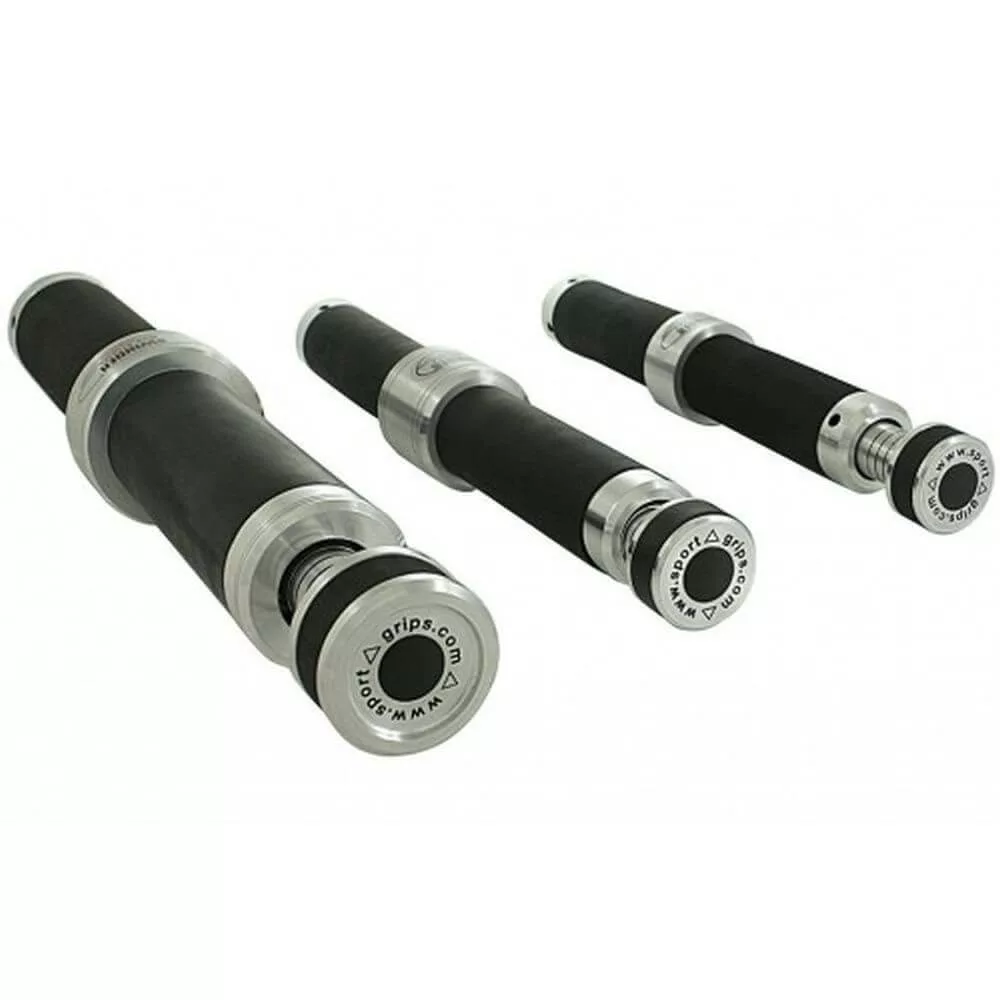
Blast Your Wrists with XL Wrist-Roller to Bulk Up Forearms

Ultimate Pinch Grip Trainer with Virtually Infinite Resistance?
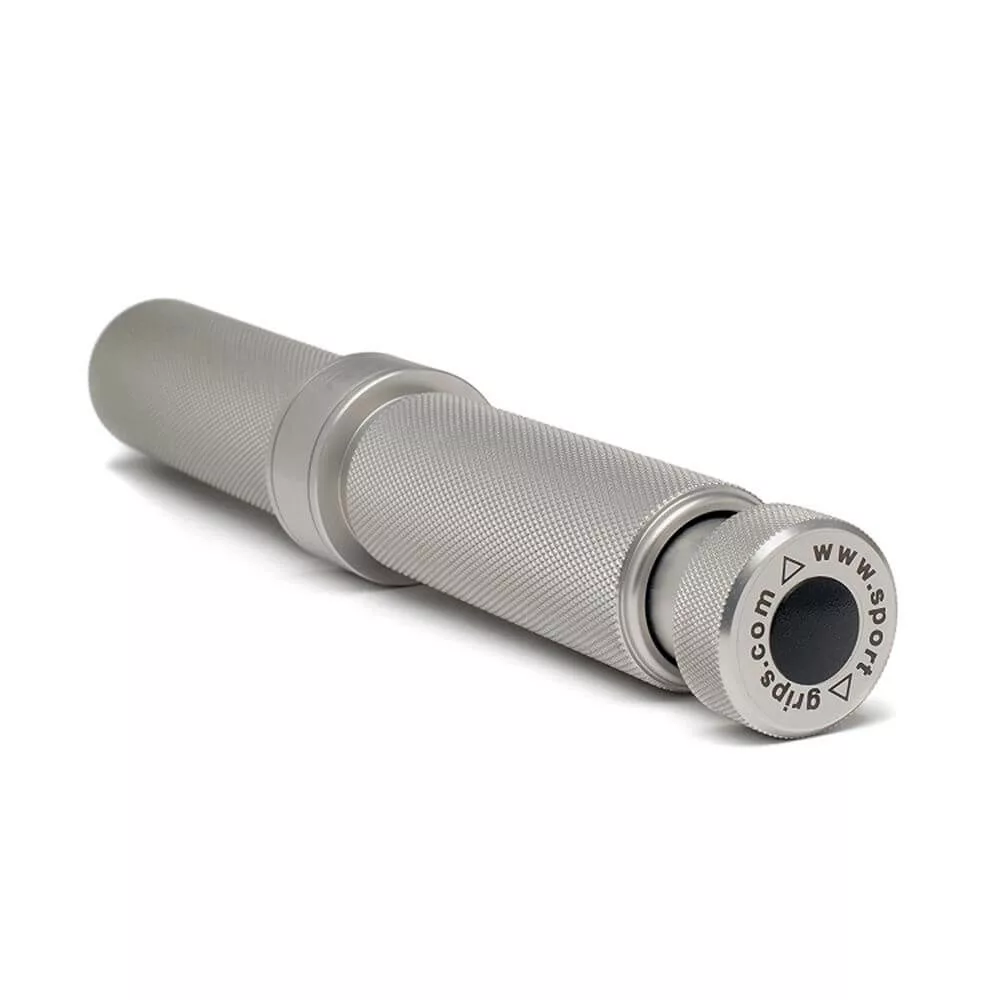
Modern, Rope-Less Wrist Roller: Sure Way to Get Strong Wrists
**Resistance Bands** come in handy for their versatility and safety. Exercises like wrist extensions and rotations can be easily managed with bands, making them rehab-friendly and less daunting compared to heavier weights. Start with a lighter band to ensure you’re not straining those muscles unprepared.
**Progressive Overload Strategies** are necessary if you’re serious about building wrist strength over time. This concept involves gradually increasing the weight or intensity of your exercises as you get stronger. Begin with manageable weights and loads, and ensure you can complete your sets with good form. Slowly nudge up the weight or reps to challenge your muscles without overdoing it, aiming for around three sessions a week. This way, you keep safe while pushing limits.
Through consistent practice and incremental improvements, you’ll find your wrists growing stronger and more resilient. It’s a process, so be patient and focus on quality movements over quantity.
Supporting Wrist Strength: Forearm and Hand Training
The connection between strong wrists and powerful forearms is undeniable. Focusing on both amplifies your grip and boosts wrist performance, making everyday tasks and workouts feel easier.
Forearm strength comes from working both the flexors and extensors of your hand. Finger flexor exercises, like squeezing a rubber ball or putty, can be done anywhere, offering great convenience. Conversely, for finger extensors, consider using resistance bands to open and close your fingers. This balances muscle development in your hands, ensuring robust grip strength and wrist stability.
Exploring different grip types is also beneficial. The crush grip involves closing your fingers against an object, like when using hand grippers. The pinch grip, on the other hand, is about pinching objects between your thumb and a few fingers, useful in sports like rock climbing. Lastly, the support grip comes into play when holding an object for extended periods, like carrying grocery bags or hanging from a bar.
Incorporating these forearm and hand exercises into your weekly routine doesn’t require much time. Two to three sessions per week, targeting grip variations and finger exercises, should suffice. This kind of consistent practice not only complements wrist training but also ensures a comprehensive enhancement of your upper body strength.
Integrating forearm work makes these areas more resistant to strain and injuries. The synergy between well-trained wrists, forearms, and hands means fewer setbacks, quicker recovery, and a stronger foundation for advanced lifts and activities. Building up this trio not only elevates performance but also extends your capabilities in various aspects of life.
Injury Prevention and Rehabilitation
Common wrist injuries like tendonitis, sprains, and carpal tunnel syndrome are hurdles you want to steer clear of. The good news is that, with the right approach, these injuries are often preventable.
Tendonitis occurs from overuse, especially from repetitive strains. It’s best to keep an eye out for dull aches and lingering soreness around your wrists. Taking breaks during repetitive activities, like typing or lifting, can significantly reduce strain.
Sprains are another risk, usually from falls or awkward twists. If you feel sudden, sharp pain, it’s time to ease off and rest up. Cover it with ice to minimize swelling and seek professional advice if the pain doesn’t ease up after a couple of days.
Carpal tunnel syndrome is that familiar numbness or tingling you get from pressure on the median nerve in your wrist. Ergonomic adjustments at your workspace or wearing wrist braces during activities can alleviate symptoms and make a big difference in prevention.
Remember that overtraining can be the root of these problems. If you find your wrists continually sore or noticeably weaker, it might be a sign to lighten the load or scale back exercise frequencies. Rest is a crucial part of any training routine.
Adding some mobility and rehab exercises to your routine goes a long way. Gentle stretches, wrist circles, and using tools like soft balls can enhance flexibility and support rehabilitation if you’re coming back from an injury.
Investing in supportive gear such as wrist wraps or braces is a wise move if you’re frequently involved in high-risk activities. They provide added support and help reduce the risk of further injuries.
Incorporating these prevention strategies keeps wrist injuries at bay. It’s about being smart with your routine, listening to your body, and taking proactive steps towards maintaining your wrist health.
Programming Your Wrist Training Routine
Structuring a wrist training routine is crucial to making consistent gains without wearing yourself out. Let’s look at how to fit this into your regular exercise program, regardless of your experience level.
For beginners, start with focused sessions twice a week. Include basic movements such as wrist flexion and extension with light weights and mobility exercises like wrist circles. This approach helps build foundational strength without overwhelming your joints.
If you’re at an intermediate level, try including more variety, like wrist rollers and resistance bands, in your routine.
Aim for about three sessions per week to maintain intensity while giving your wrists adequate time to recover.
Example workouts could involve alternating between grip exercises and forearm work to ensure balanced development.
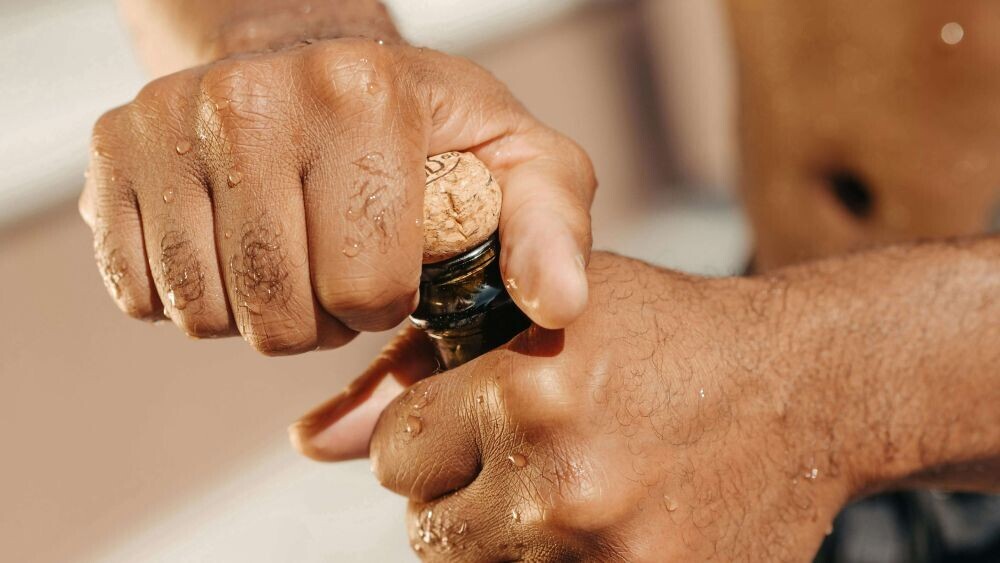
Advanced users can integrate wrist exercises into their daily routine if they’re comfortable without feeling overtrained. Frequency could be increased to four times a week, including complex movements like pinch block holds and variance in resistance with progressive overload techniques. Combine these with your standard weightlifting or sports schedule and adjust sessions based on how your wrists feel after workouts.
Balancing wrist training with full-body routines is essential. Pair your wrist sessions on days that aren’t heavily focused on upper body exertion, like days focusing on lower body exercises. This helps avoid excessive wear and tear while staying consistent.
Recovery is your secret weapon. Ensure each session includes a warm-up and cool-down phase. Incorporate rest days and monitor soreness to adjust intensity or techniques as needed. Using techniques like cold therapy or massages can be beneficial for recovery.
Tracking your progress can keep you motivated. Log your exercises, weights, and any improvements in range or comfort. If you hit a plateau, changing exercises or slightly increasing loads can offer renewed challenges and lead to growth.
A well-rounded program focuses on progression, smart exercises, and active recovery, adapting as your wrists grow stronger. Making it enjoyable will keep you coming back, and in time, ensure that your wrists not only catch up with the rest of your fitness levels but set the bar as a new strength standard.
Conclusion and Next Steps
Embracing wrist training isn’t just about enhancing physical performance; it’s a step towards safeguarding your fitness journey from setbacks. Strong, flexible wrists contribute significantly to your grip strength and overall athletic capabilities.
The benefits of dedicated wrist exercises extend beyond just lifting or climbing. Daily activities become easier and more comfortable, reducing the chance of injury and improving quality of life. Consistency is key, so make wrist care a routine part of your fitness schedule.
I’ve shared lots of insights into how to get started and keep progressing. Now, it’s your turn to take action. Whether you’re beginning this journey or enhancing your existing routine, there’s always room to improve. Keep in mind, wrist training is not a one-time thing; it requires regular attention and adaptation.
To deepen your understanding, consider exploring some additional resources that can offer more specific advice on gear and technique. Check out product reviews for the best wrist rollers, and dive into guides on grip tools and therapeutic approaches. These resources can help tailor your training and ensure you’re using the equipment that suits your needs.
Taking control of your wrist health is a choice that pays off in resilience and enhanced performance. So, let this guide be the push you need to prioritize wrist training, ensuring your wrists are as strong as the rest of you.
Thanks for Stopping By
Have Questions?
Please Leave A Comment


